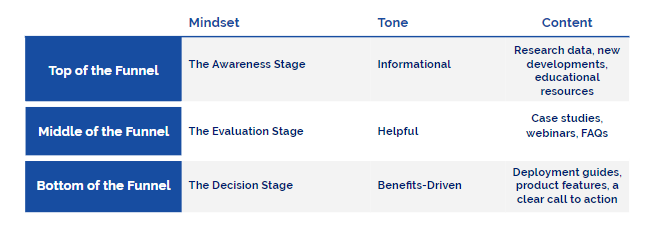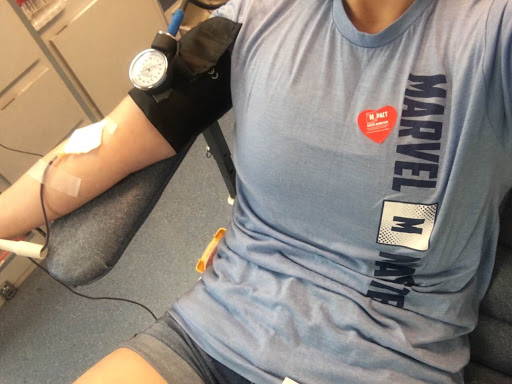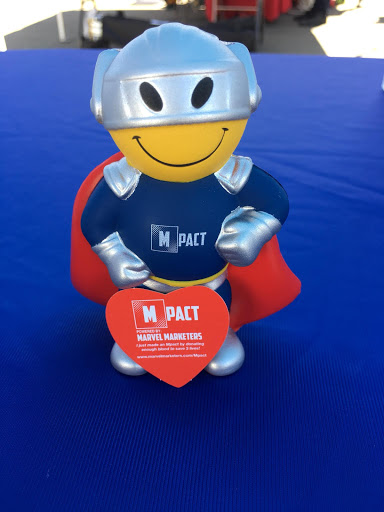According to research done by Marketo, 96% of people who come to your website are not ready to buy. You have to do something to take them from unsure prospect to confident customer, and one of the most effective “somethings” is email nurturing.
According to the Content Marketing Institute, lead nurturing emails are the second-most common type of email that B2B marketers use for their content marketing efforts. (Event emails are the most common.) However, it’s estimated that 80% of new leads never turn into sales.
How can you improve that statistic for your leads? By optimizing your email nurture strategy.
1. Make the experience more personal
Everyone’s inbox is cluttered, and most people are looking for a reason to delete as many emails as possible. To decrease your chances of landing in the deleted bin, make your nurture emails as personal as possible:
- Marketing automation software makes it easy to use first names in subject lines and greetings, but this is only the first step.
- Segment your audience into specific groups, and create your email content based on each group’s needs and wants.
- Write with a human touch. If you treat your nurture emails like one giant sales pitch, you’ll never see as many conversions as you want. Instead, focus on providing valuable answers and solutions that your segmented audience can benefit from.
2. Stop straying from the marketing funnel
The leads at the top of your funnel need to be approached very differently from the leads at the bottom of your funnel. Not only do you have to send the right message (see Tip #1), but you have to send it at the right time. Analyze your email copy and assets, and make sure that every word each lead receives corresponds to his position in your marketing funnel.
Here’s a breakdown of what your leads are thinking at each stage of the funnel, the best tone to use in your emails and assets, and examples of content that your emails can link to:

3. Dig into your split-testing data
You’ve been running split-tests in all of your nurture emails, right? (If not, here’s a great way to get started.) After running some tests, sit down and comb through your data:
- What has resonated best with your audience?
- What didn’t perform so well?
- Are there certain words, formats, or types of assets (ex: whitepaper, infographic, blog post) that have led to more engagement?
- Look at the leads that have converted. What do they all have in common?
Every audience performs differently, and hypotheses are often wrong. The true story lies in the data you’ve collected. Look at it carefully, and it will tell you what you need to do to optimize.




